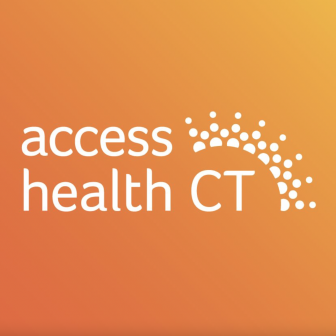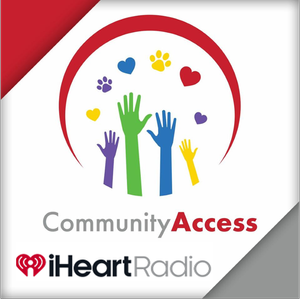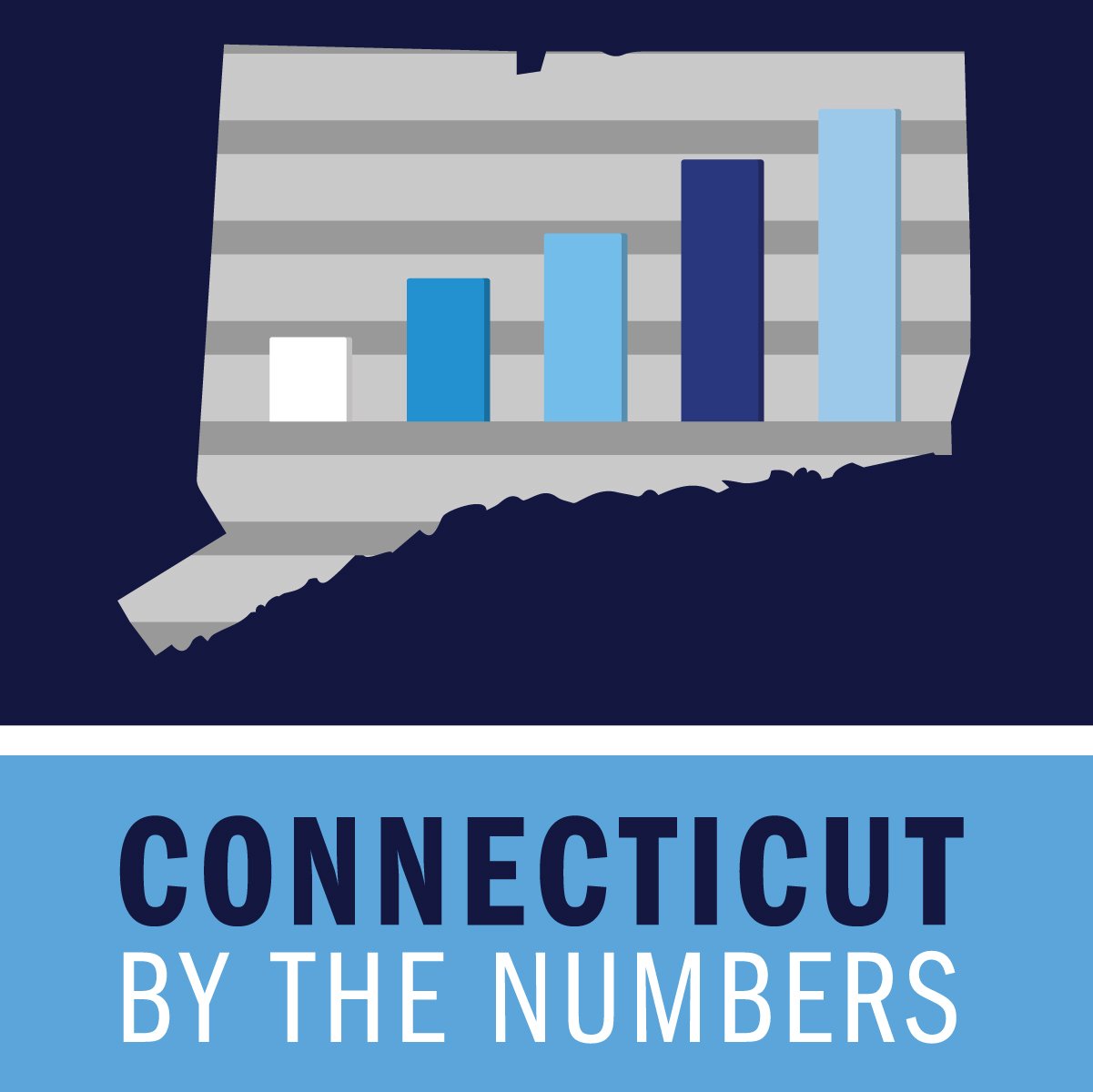Economic Insecurity A Key Factor in School Shootings Nationwide, Academic Study Finds
/There is a connection between economic insecurity and gun violence in the nation’s schools. That is the conclusion reached in a “rigorous” Northwestern University study of a quarter-century of data which found that when it becomes more difficult for people coming out of school to find jobs, the rate of gun violence at schools increases. The study, “Economic Insecurity and the Rise in Gun Violence at US Schools,” was published this week in the journal Nature Human Behaviour. It breaks new ground, researchers explain, replacing a “patchwork of contradictory claims” with a clear finding that “multiple indicators of economic distress significantly correlate with increases in the rate of gun violence” at both K-12 and post-secondary schools.
The interdisciplinary study by data scientists Adam R. Pah and Luís Amaral and sociologist John L. Hagan reveals a persistent connection over time between unemployment and the occurrence of school shootings in the country as a whole, across various regions of the country and within affected cities, including Chicago and New York City, the university reported.
“The link between education and work is central to our expectations about economic opportunity and upward mobility in America,” said Hagan, the John D. and Catherine T. MacArthur Professor of Sociology in the Weinberg College of Arts and Sciences. “Our study indicates that increases in gun violence in our schools can result from disappointment and despair during periods of increased unemployment, when getting an education does not necessarily lead to finding work.”
The December 2012 school shootings in Newtown, Connecticut is among those routinely cited among a number of mass shootings that have garnered public attention in recent years. While a number of factors have been said to have contributed to the violence, clear answers have been elusive as to the cause or causes.
The Northwestern researchers used data from 1990 to 2013 on both gun violence in U.S. schools and economic metrics, including unemployment, in an effort to determine factors that may be relevant. They found the rate of gun violence at schools has changed over time. The most recent period studied (2007-2013) has a higher frequency of incidents than the preceding one (1994-2007), contradicting previous work in this area, according to the university.
The researchers focused on all gun violence at schools, not only mass shootings. They used the following criteria for an event to be included in the study: (1) the shooting must involve a firearm being discharged, even if by accident; (2) it must occur on a school campus; and (3) it must involve students or school employees, either as perpetrators, bystanders or victims. They then evaluated the timing of these events against multiple indicators of economic distress, including unemployment, the foreclosure rate and consumer confidence.
The researchers found that “given the nature of the school-to-work transition, it is predictable that more violence would occur closer to the last link in the chain from education to employment. An implication of our findings is that as economic prospects improve, the frequency of shootings in K12 schools should remain relatively stable, with declines at post-secondary schools.”
The research indicated that gang-related violence and lone mass shooters comprise only small fractions of the gun violence that occurs at U.S. schools. Gang-related violence constitutes 6.6 percent of all incidents. Among the key findings were that gun violence at schools has not become more deadly over time and that most shootings are targeted, with the shooter intending to harm a specific person.
The report also noted that while Chicago is singled out in the study as one of the six cities with the most incidents from 1990 to 2013, Chicago schools are not any more dangerous than schools in other large cities.
The results suggest that during periods of heightened unemployment, increased gun violence may be a growing risk in American college and university settings, finding that “a breakdown in the school-to-work transition contributes to an increase in gun violence at schools.”
“Once we consider how important schools are to American ideas about economic opportunity and upward mobility, we can better understand why school settings are revealed in our research as focal points of violent responses to increased unemployment,” said Hagan, who also is a research professor at the American Bar Foundation. “Prior research about gun violence in schools has not adequately analyzed these connections.”
The Northwestern study differs from earlier studies on gun violence in U.S. schools by considering accumulated knowledge about the school-to-work transition in American society. In the last 25 years, there have been two elevated periods of gun violence at U.S. schools, the researchers found; 2007-2013 was largely due to events at postsecondary schools while 1992-1994 more often involved events at K-12 schools.
“Our findings highlight the importance of economic opportunity for the next generation and suggest there are proactive actions we could take as a society to help decrease the frequency of gun violence,” concluded Pah, clinical assistant professor of management and organizations at the university's Kellogg School of Management.



 Eligibility Requirements for Book Awards to be made in 2017:
Eligibility Requirements for Book Awards to be made in 2017: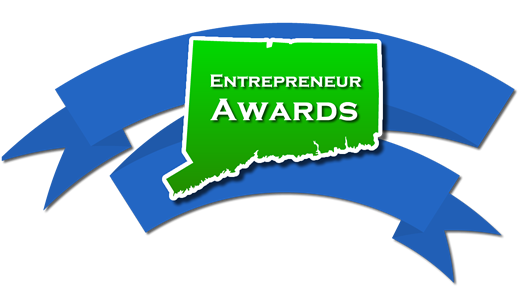



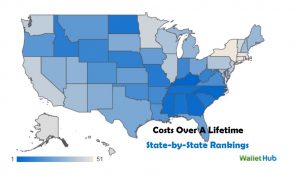
 The report, “Broken Promises to our Children: A State-by-State Look at the 1998 State Tobacco Settlement 17 Years Later," said the state was spending $1.2 million in FY 2016 to fight tobacco use. That's compared to an estimated marketing investment of $80.4 million by tobacco companies in Connecticut that year. The national average shows a margin of 20.1 to 1. At that time, Connecticut ranked 38th in spending on a percentage basis. The state has consistently spend
The report, “Broken Promises to our Children: A State-by-State Look at the 1998 State Tobacco Settlement 17 Years Later," said the state was spending $1.2 million in FY 2016 to fight tobacco use. That's compared to an estimated marketing investment of $80.4 million by tobacco companies in Connecticut that year. The national average shows a margin of 20.1 to 1. At that time, Connecticut ranked 38th in spending on a percentage basis. The state has consistently spend 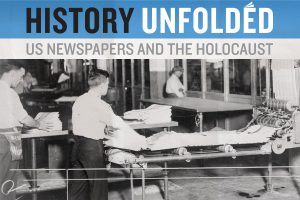
 As of January 9, 2017, 920 participants from across the country had submitted more than 6,300 articles from their local newspapers. The articles were published in newspapers located in all 50 states and the District of Columbia, and represent news articles, editorials, letters to the editor, political cartoons, and advertisements.
Individuals are urged to check with their local museum, historical society, or library to see if they will be hosting a research group. A classroom or school, a temple or church, a museum or library, or other community organizations can participate. Individuals can also participate. Organizations
As of January 9, 2017, 920 participants from across the country had submitted more than 6,300 articles from their local newspapers. The articles were published in newspapers located in all 50 states and the District of Columbia, and represent news articles, editorials, letters to the editor, political cartoons, and advertisements.
Individuals are urged to check with their local museum, historical society, or library to see if they will be hosting a research group. A classroom or school, a temple or church, a museum or library, or other community organizations can participate. Individuals can also participate. Organizations  can email Liz Shapiro at
can email Liz Shapiro at 
 uded in the College Scorecard among bachelor’s degree granting institutions are Lincoln College of New England ($31,800); Mitchell College ($30,400); and Goodwin College ($27,500).
uded in the College Scorecard among bachelor’s degree granting institutions are Lincoln College of New England ($31,800); Mitchell College ($30,400); and Goodwin College ($27,500). The College Scorecard, recently updated by the federal agency, is designed “to ensure that students and families have the most up-to-date, comprehensive, and reliable information available on colleges, all in an easy-to-understand format.” The website allows visitors to sort and filter search results to compare schools to assist students in deciding “which college makes the most sense when considering the typical costs, average student loan amount, students’ ability to repay their loans, and their future earnings,” the website materials explain.
The College Scorecard, recently updated by the federal agency, is designed “to ensure that students and families have the most up-to-date, comprehensive, and reliable information available on colleges, all in an easy-to-understand format.” The website allows visitors to sort and filter search results to compare schools to assist students in deciding “which college makes the most sense when considering the typical costs, average student loan amount, students’ ability to repay their loans, and their future earnings,” the website materials explain.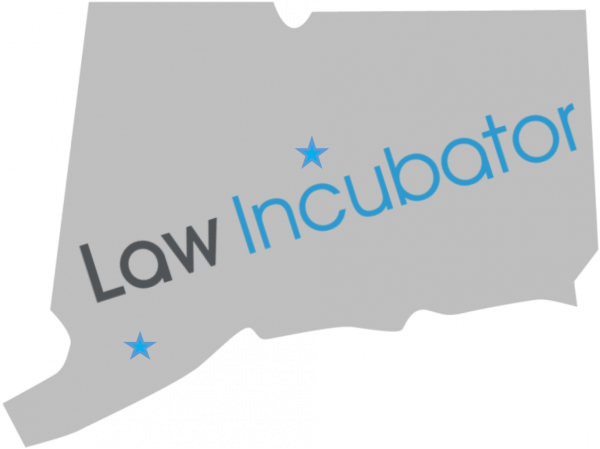
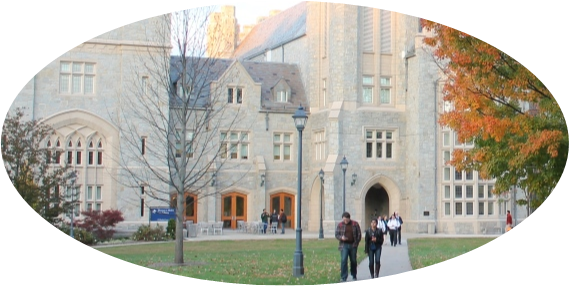

 Clients who qualify for services at the Hartford incubator will be those whose incomes exceed the limits for legal aid but fall within three times the federal poverty level. For a family of four, this would mean a maximum household income of $72,900. Clients wishing to apply for services may do so beginning in February, when information will be available at the center’s website: cclc.law.uconn.edu.
Clients who qualify for services at the Hartford incubator will be those whose incomes exceed the limits for legal aid but fall within three times the federal poverty level. For a family of four, this would mean a maximum household income of $72,900. Clients wishing to apply for services may do so beginning in February, when information will be available at the center’s website: cclc.law.uconn.edu.

 Tammy Sneed, Director of Gender Responsive Adolescent Services at Department of Children and Families and co-chair of DCF’s Human Anti-Trafficking Response Team, said: “Reports of children suspected to be victims of domestic minor sex trafficking are increasing every year -- and, in 2016, there were just under 200 such referrals. For every child victim, the number of buyers on a given day in Connecticut is unfathomable. Some children report 10 to 15 buyers per night, which leads us to estimate that a minimum of 2,000 buyers in Connecticut bought sex from children last year.”
Tammy Sneed, Director of Gender Responsive Adolescent Services at Department of Children and Families and co-chair of DCF’s Human Anti-Trafficking Response Team, said: “Reports of children suspected to be victims of domestic minor sex trafficking are increasing every year -- and, in 2016, there were just under 200 such referrals. For every child victim, the number of buyers on a given day in Connecticut is unfathomable. Some children report 10 to 15 buyers per night, which leads us to estimate that a minimum of 2,000 buyers in Connecticut bought sex from children last year.” “Demand keeps sexual exploitation and trafficking profitable,” says Beth Hamilton, associate director of the Alliance to End Sexual Violence (formerly CONNSACS). “We’ve started seeing the criminal justice system hold traffickers responsible, but we do not often see the people who purchase sex being held accountable for their role in keeping the industry thriving. If we want to end commercial sexual exploitation, we need to focus on ending demand and creating survivor-centered services.”
“Demand keeps sexual exploitation and trafficking profitable,” says Beth Hamilton, associate director of the Alliance to End Sexual Violence (formerly CONNSACS). “We’ve started seeing the criminal justice system hold traffickers responsible, but we do not often see the people who purchase sex being held accountable for their role in keeping the industry thriving. If we want to end commercial sexual exploitation, we need to focus on ending demand and creating survivor-centered services.”
 In 12 states, including Connecticut, average debt was more than $30,000 – up from six states the year before. High-debt states remain concentrated in the Northeast and Midwest, with low-debt states mainly in the West. Average debt at the college level varies even more, from a low of $3,000 to a high of $53,000, and the share graduating with loans ranges from seven percent to 100 percent.
In 12 states, including Connecticut, average debt was more than $30,000 – up from six states the year before. High-debt states remain concentrated in the Northeast and Midwest, with low-debt states mainly in the West. Average debt at the college level varies even more, from a low of $3,000 to a high of $53,000, and the share graduating with loans ranges from seven percent to 100 percent.


